This week's column by Ctein
[Temperatures given in Celsius —Ed.]
As you may recall, I'm going to be going to Yellowknife in two weeks to (hopefully) see and photograph aurora borealis. Pretty cool. 'Cept that the problem is it's likely to be more than just pretty cool. It could well be hell-freezing-over cold. Mean lows at that time of year are –25° Celsius, but 10° swings from that aren't uncommon.
Luckily, I was in Minneapolis in the latter part of January when it got hit by several (more) nasty cold snaps. A perfect opportunity to field-test my Olympus E-M5 and its lenses.
Wednesday night was predicted to hit –27° Celsius, not getting above –25° until 10 a.m. Thursday morning. Wednesday evening I had a date, so I stuck the camera kit on the floor of the car in a plastic bag and left it to soak in the cold. When I left my girlfriend's apartment around midnight the outside temperature was down to –20°. I figure the camera had probably equilibrated at –15° inside the car, so it was a good time to run a preliminary test.
The Olympus made several proper exposures with the Panasonic 20mm ƒ/1.7 lens, focusing and changing aperture as it was supposed to. The battery indicator for the cold-soaked battery was indeed in the red "I'm empty" zone, but the camera still worked. The OELD (organic electroluminescent display) [Note: Not OLED, which stands for organic light-emitting diode —Ed.) viewing screen and eye level viewfinder were fully responsive and didn't look different from normal use. A promising start. I popped the gear back into the plastic baggie, put it back on the floor of the car, and let it cold-soak overnight.
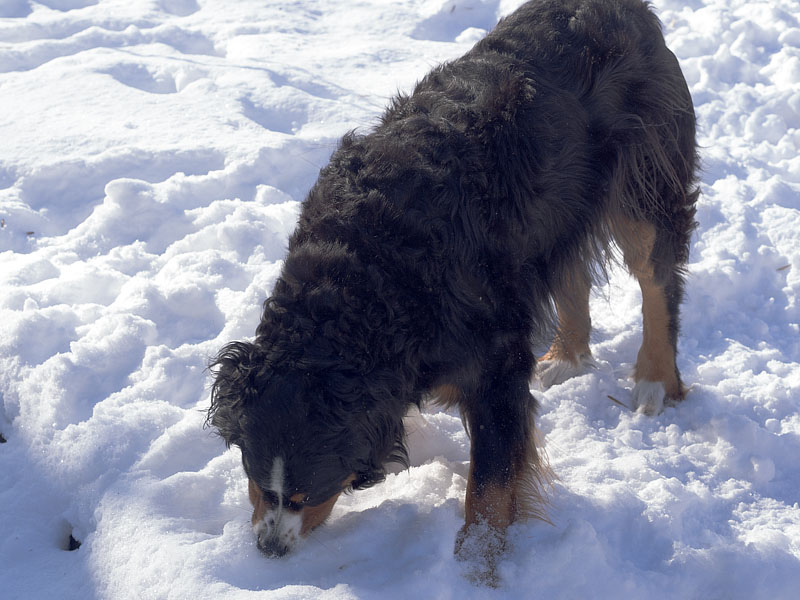 Fig. 1. At –25° Celsius, the Olympus E-M5 with 45mm lens performed just fine. ISO 200, ƒ/5.6 @ 1/160th sec.
Fig. 1. At –25° Celsius, the Olympus E-M5 with 45mm lens performed just fine. ISO 200, ƒ/5.6 @ 1/160th sec.
The following morning, when the temperature was down around –25°, I tested all my gear in earnest. The cold-soaked battery was dead, but it revived in a few minutes in my pocket. My 45mm ƒ/1.8 lens also worked perfectly, as figure 1 shows. Exposure and focus did what they were supposed to. Figure 2 shows a 100% section of the part of the frame where the camera was auto-focusing. On the nose!
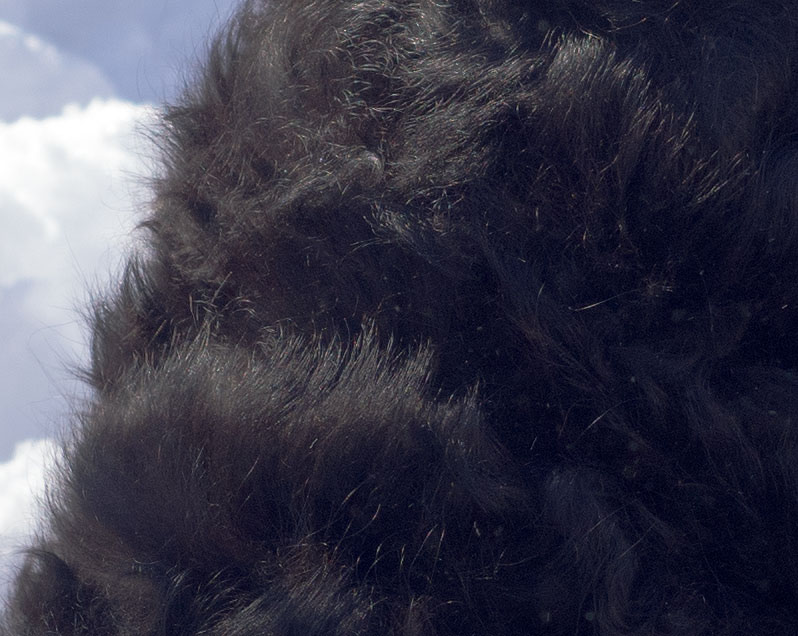 Fig. 2. A 100% section of figure 1, showing that the camera system was focusing accurately.
Fig. 2. A 100% section of figure 1, showing that the camera system was focusing accurately.
The 14–42mm kit lens was also unfazed by the chilly weather. So far so good. Only one lens gave me problems—that so-so 12mm ƒ/2 Olympus lens. It wouldn't focus reliably (figure 3). It was because of the triply-damned (literally, in my review) manual focus ring. That was a uselessly inept implementation to begin with. Now it was an actual handicap. The ring's lubricant became too stiff at –25°, hampering the movement of the focusing mechanism.
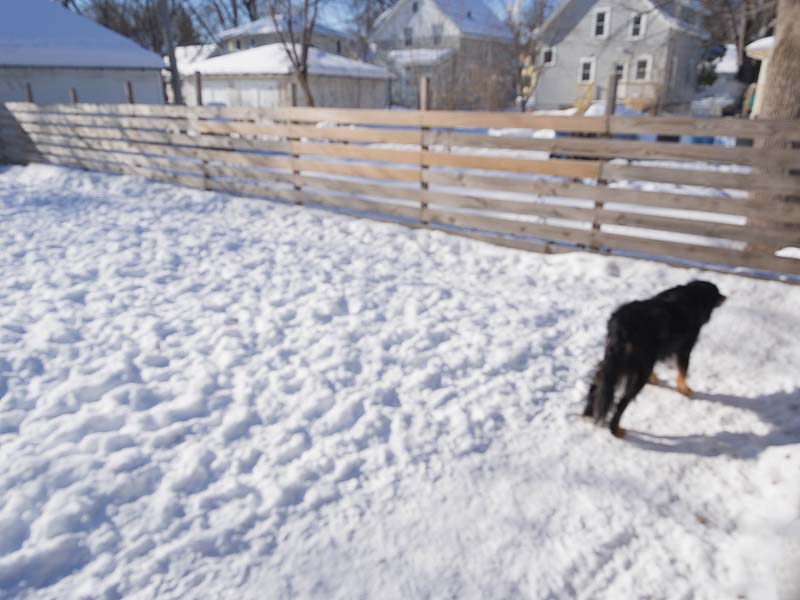 Fig. 3. The 12mm ƒ/2 Olympus lens had focusing problems in cold weather.
Fig. 3. The 12mm ƒ/2 Olympus lens had focusing problems in cold weather.
Understand that this lens always does electronically-controlled focusing: The focusing ring does not mechanically couple to the lens—it just sends a signal to the camera that then instructs the lens to change focus. Consequently, the poorly-operating focus system wasn't any more reliable in manual mode than autofocus mode. I discovered if I racked the focusing ring back and forth several times, the innards would loosen up enough that focusing became semi-functional. Most of the time, then, it worked (figure 4); occasionally it didn't.
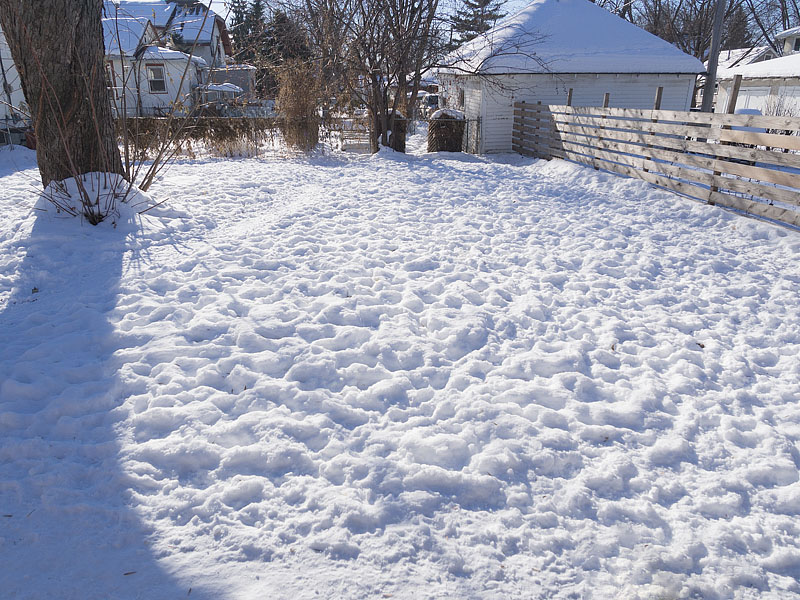 Fig.
4. Running the manual focus ring back and forth several times made the
12mm's autofocus work most of the time (ƒ/5.6 @ 1/640th sec.).
Fig.
4. Running the manual focus ring back and forth several times made the
12mm's autofocus work most of the time (ƒ/5.6 @ 1/640th sec.).
I may still try to use the lens in Yellowknife. Its optical shortcomings wouldn't impact my aurora photography, and it would be nice to have a fast, wide lens. I just won't rely on it heavily.
I decided to try and catch some action photos of the crazy dogs romping in the snow. Man, those Bernese mountain dogs can really move when they want to, and they sure do love cold (Tara is happily eating snow in figure 1). I opened up the 45mm lens to get the shutter speed nice and short, around 1/2500 sec, and what do I get? Figure 5. Aw, hell—I was sure I'd broken something in the camera or the lens. I popped the lens off and made a couple of bare-body snaps. Similar results. It wasn't the lens; it had to be the camera.
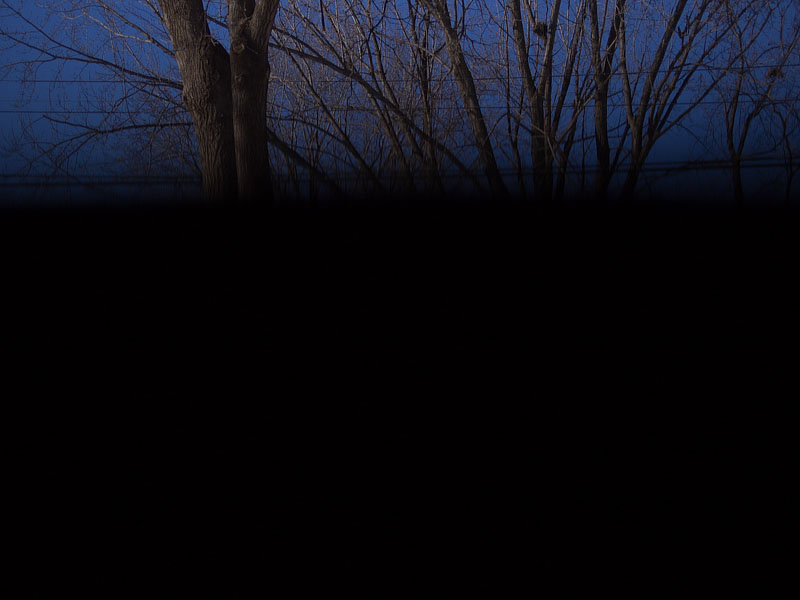 Fig. 5. Really short exposures don't work at –25°! At 1/2500 sec, most of the frame is unexposed.
Fig. 5. Really short exposures don't work at –25°! At 1/2500 sec, most of the frame is unexposed.
I fiddled around and managed to figure it out before total panic set in. The camera's shutter curtains weren't actuating quite as fast in the extreme cold. I was fine with exposures longer than a millisecond. The frame progressively darkened with shorter exposures. Whew! Nothing broken—all I needed to do was avoid exposures less than 1/1000 of a second.
I think I can do that.
The next night when it got down to "only" –20°, I ran some nighttime tests, to make sure that longer exposures and high ISO settings worked fine. No problems, as the ISO 800 photographs in figure 6 shows. Made, not so by the way, with that 12mm lens after racking the focus ring back and forth several times to shake things loose.
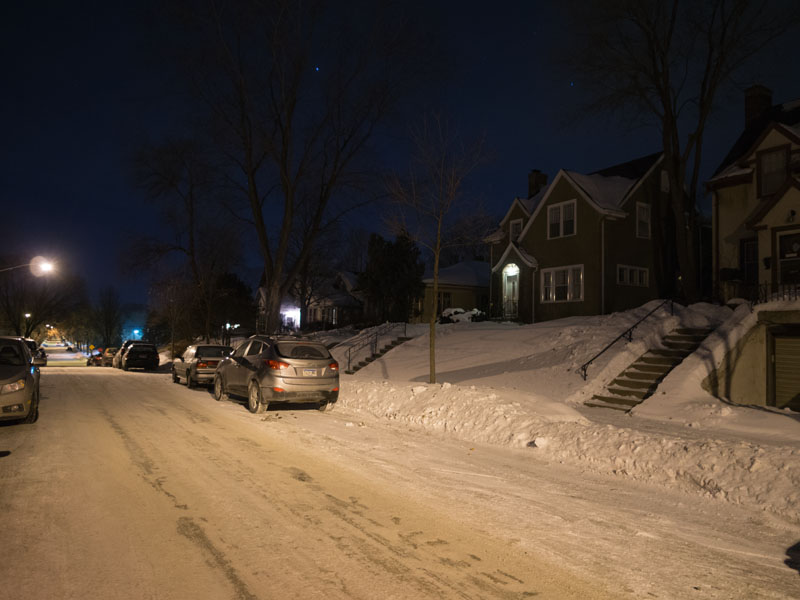 Fig. 6. Long, high-ISO nighttime exposures aren't a problem at low temperatures (ƒ/5.6, ISO 800 @ 1.3 sec.).
Fig. 6. Long, high-ISO nighttime exposures aren't a problem at low temperatures (ƒ/5.6, ISO 800 @ 1.3 sec.).
Interestingly, and disappointingly, the cold weather didn't make any difference in the noise characteristics of the camera so far as I could see. Initially, I had the impression that I was seeing about a 2/3 stop improvement in noise at –25° Celsius. But, when I did a really careful analysis, making sure to match regions of comparable exposure in the comparison photographs, I couldn't see any obvious difference. Not that I'm complaining about the noise characteristics of the E-M5, but I wouldn't have minded squeezing out a little more speed. Aurora is tough stuff.
What's important, though, is that my camera gear checks out. The camera and most of the lenses will perform just fine. The 12mm is questionable, but it might work. And, oh yeah, I'll have plenty of battery packs to swap, so that when one gets chilled a warmer one can take its place.
I've got my winter clothing. Fifteen days will see me in Yellow- knife, and I'll find out if all this prep pays off.
Ctein
Ctein's column appears on Wednesdays on TOP.
©2014 by Ctein, all rights reserved
(To see all the comments, click on the "Comments" link below.)
Featured Comments from:
Rob Smith: "I regularly shoot in cold weather, down to –30°C, and have never had an issues with any equipment. Using a D300 and various Nikon lenses. I also have used battery powered strobes in the field too, they were fine, my fingers were bloody freezing though. I generally ignore temp ratings in instruction manuals as I assume some level of Winter testing is done by manufacturers. The main thing is to keep any spare batteries near your body. And if possible, wear a thin pair of running gloves, and then mitts over the top. Then you don't have to expose your hands completely when you want to change settings."
Ctein replies: Yes, I spent about an hour at REI trying out different pairs of thin gloves with woolen flip-top overmittens to find the heaviest pair that would still let me manipulate the controls on my Olympus. The buttons aren't actually the limiting factor; turns out it's the catch on the battery. I expect this will do okay, but I'm taking along a set of hand warmers that I can slip inside the mittens, just in case. I'm kind of skinny, so my feet and hands get cold pretty easily. (Yes, toe warmers for the winter boots, too…just in case.)
Craig: "A friend took a external battery pack that he kept under his coat with the lead exposed [i.e., the cable attached —Ed.] to the camera; worked faultlessly and they were working further north at the temperature –40°F and C."
Ctein replies: I thought about that, but there was no chance to rig it up and try it out in cold conditions, and I'm not going with untried gear. I just bought two more third-party battery packs. All of 25 bucks, and now I've got four. That'll do.
Gordon Lewis adds: Craig, with all due respect to your friend's approach, I would avoid attaching any cables between the camera and yourself, especially if the camera is tripod-mounted. All it takes is one careless or accidental tug on the cable and your camera and lens will plunge towards the cold, cold ground.
Ctein adds: That worried me too.

Here’s a theoretical question for you Ctein: it is a known fact that cold weather depletes a battery (though I’m not sure if it’s limited to Li-ion batteries or is a general phenomenon across types of batteries). Would there be some benefit to siphoning off some of the battery’s output into a small heating mechanism that could, theoretically, keep the battery warmed to some temperature that would negate this loss of charge? Running the math on this is frankly beyond me, and I can’t imagine I’m the first person to guess at something like this, but the idea does intrigue me, so I thought I’d propose the question to you.
Posted by: Jayson Merryfield | Wednesday, 19 February 2014 at 03:46 PM
Good grief, temps in °C! & this from a USA source. Thanks Ctein. Now all we need to do is fix up the US fluid ounces/cups/gallons fiasco. &, better still, while we're at it convert the USA to metric.
Posted by: Ian Macdonald | Thursday, 20 February 2014 at 12:12 AM
A friend took a external battery pack that he kept under his coat with the lead exposed to the camera; worked faultlessly and they were working further north at the temperature -40 F and C.
Posted by: Craig | Thursday, 20 February 2014 at 12:39 AM
I think the battery is a big issue for these smaller camera systems. If I'm shooting a full day event on my Nikon dslrs I'll shoot maybe 2000-3000 frames all without having to swap out the battery. I'd love to go M4/3 but the idea of having to change the battery 7 or 8 times on a job is just too much....
Posted by: Aaron | Thursday, 20 February 2014 at 04:09 AM
"Luckily, I was in Minneapolis in the latter part of January..."
Now those are words I never thought I'd see together...
Looking forward to the photos!
Posted by: JohnMFlores | Thursday, 20 February 2014 at 11:02 AM
I'm curious as to why low temperatures would affect image noise. Is it because noise is caused by heating of the sensor, and you were hoping the cold ambient temperature would counter that?
Posted by: Ed Hawco | Thursday, 20 February 2014 at 11:43 AM
And BTW, I'm with Ian Macdonald. Dear U.S.ers; please catch up with the rest of the world and go metric! And while you're at it, update your credit card processing. Whenever I pull out a credit card in the U.S. I feel like I've stepped back in time 15 years!
Posted by: Ed Hawco | Thursday, 20 February 2014 at 11:47 AM
Norwegian photographer Morten Hvaal shared a photo on facebook today that reminds me of your tests: https:// www.facebook.com/photo.php?fbid=10152076515017911&set=a. 405944522910.188885.206416557910&type=1&relevant_count=1
So, conlusion: Chill man, cameras can handle a chill?
Posted by: CF Salicath | Thursday, 20 February 2014 at 01:53 PM
The decrease in battery capacity with falling temperature is generic to all batteries. However, the magnitude of the effect depends on the chemistry of the battery. Going solely on memory, I think lead-acid batteries fare the worst while lithium based chemistry is the best. I know lithium primary cells are used for high-altitude balloon research where they may wind up getting cold-soaked at minus 70 F. NiCd and NiMH rechargeables are somewhere in between; those are the ones that usually wind up in the packs designed to go under clothing.
Posted by: Alex | Thursday, 20 February 2014 at 01:58 PM
hi Ctein, look forward to seeing your pictures! Here in Ontario I go out every weekend sometimes in -28C or lower to take pictures, using my Olympus EM5 and my Fuji XE1 with no problems whatsoever. If there is constant blowing snow I use plastic-wrap over my Fuji. I carry spare batteries for both, but as I stop at about the 3-hr mark, haven't had to use them. The important equipment is the clothing, hand-warmers and toe-warmers are what I think about, not the cameras. The lesson is in the willingness to test and prep. Have a good trip!
Posted by: ben ng | Thursday, 20 February 2014 at 05:00 PM
Dear Ed,
All systems are subject to thermal noise. Random atomic motion (a.k.a. “heat”) occasionally kicks an electron up into an excited state. It's no different from an electron that's been kicked there by a photon hitting your film or sensor. The lower the temperature, the less this occurs.
The thing is, in a digital imaging system, there are many different sources of image noise. If the non-thermal sources are larger, then dropping the temperature won't make much of a difference in the amount of noise in your photographs. But, many scientific imaging systems use cooled sensors to reduce the noise level; they are designed to be extremely low-noise systems to begin with, so thermal noise may be the greatest limiting factor, aside from statistical noise in photon counting.
The reason, by the way, that you don't see significant thermal fogging of film is because it takes 2-4 excitations in the same silver halide crystal within a short period of time to produce a stable latent image. Thermal excitation is infrequent enough at normal temperatures that that coincidence doesn't happen very often. That's why film can go for years and years before it develops a significant level of fog.
~~~~
Dear Ben,
You reminded me to remind people–– a very important part of your cold weather kit is zip lock bags. You need something to put your camera in that's airtight before you bring it back indoors, or the same thing is going to happen to it that happens to that jar that you take out of the freezer and sit on the counter.
If you can't wait hours to look at your photographs, remember to pop out the memory card while the camera is still outdoors and slip it in your pocket. Its thermal mass is so low that you don't have to worry about condensation or frost when you bring it indoors.
pax \ Ctein
[ Please excuse any word-salad. MacSpeech in training! ]
======================================
-- Ctein's Online Gallery http://ctein.com
-- Digital Restorations http://photo-repair.com
======================================
Posted by: ctein | Thursday, 20 February 2014 at 06:03 PM
I understand temperatures reported in Celsius. In fact, these days I give my age in Celsius as well.
Posted by: Gordon Buck | Thursday, 20 February 2014 at 08:18 PM